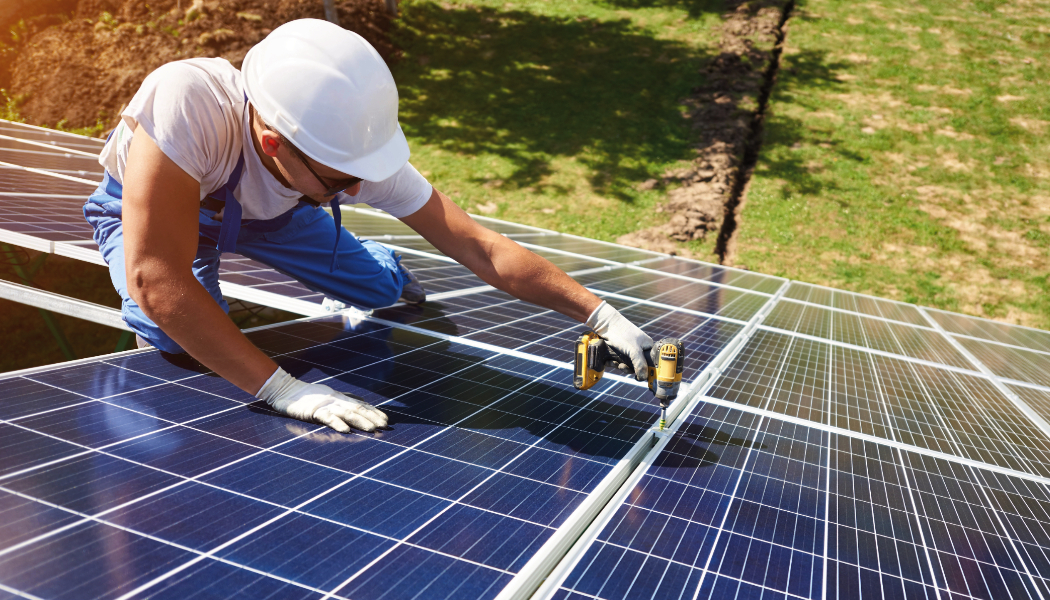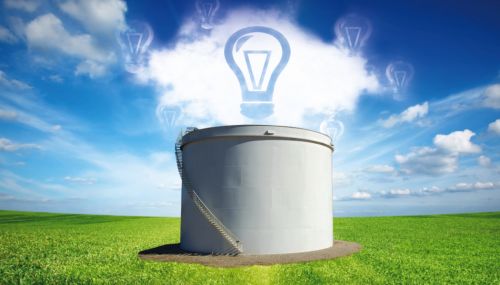All
Solar And Battery Storage Will Lead New Generation This Year
by Ed Burke and Kelly Burke, Dennis K. Burke Inc.

The EIA is anticipating the growth of utility-scale generation from alternative energy despite uncertainty surrounding federal funding and clean energy tax credits
The Energy Information Administration (EIA) anticipates that 63 GW of utility-scale generation capacity will be brought online this year, and 81 percent of capacity will be solar and battery storage, according to a recent report.
That addition of 63 GW “represents an almost 30 percent increase from 2024 when 48.6 GW of capacity was installed, the largest capacity installation in a single year since 2002,” EIA said. Solar itself is projected to make up over half of that increase.
The report comes at a time of uncertainty for renewable energy, as President Trump began his second term by freezing disbursements of Inflation Reduction Act funding, including for clean energy projects, and establishing tariffs that will raise costs of developing wind and solar.
The industry also has to contend with Congress eliminating clean energy tax credits as they negotiate their budget bill.
What this means is that investors are just taking a ‘wait and see’ timeout due to uncertainty with renewables under the Trump
administration.
“In 2024, generators added a record 30 GW of utility-scale solar to the U.S. grid, accounting for 61 percent of capacity additions last year,” EIA reported. “We expect this trend will continue in 2025, with 32.5 GW of new utility-scale solar capacity to be added. Texas (11.6 GW) and California (2.9 GW) will account for almost half of the new utility-scale solar capacity addition in 2025.”
In 2024, power providers added a record 10.3 GW of new battery storage capacity and this growth could almost double to an addition of 18.2 GW in 2025.
The rest of the anticipated 63 GW will be made up of an added 4.4 GW of natural gas, and an added 7.7 GW of wind. In 2024, only 5.1 GW of wind was added – the smallest wind capacity addition since 2014, according to EIA.
“Texas, Wyoming, and Massachusetts will account for almost half of 2025 wind capacity additions,” EIA said. “Two large
offshore wind plants are expected to come online this year: the 800-megawatt Vineyard Wind 1 in Massachusetts and the
715-megawatt Revolution Wind in Rhode Island.
By sight, the offshore wind industry seems to be moving forward on the East Coast. But the future of the industry beyond these active projects is uncertain. The Trump administration, through executive order, effectively froze new permits for offshore wind in January.
The 62 turbines at Vineyard Wind-1 will generate 800 megawatts that will power up to 400,000 homes in Massachusetts. As of late March, 23 towers were installed, some without blades. Because of the blade failure last summer, the developer was required to remove blades from 22 turbines. The project briefly delivered power for a few months in 2024 and resumed sending power in January 2025 with only one turbine.
The 65 turbines at Revolution Wind will generate 704 mega-watts that will power up to 350,000 homes in Connecticut and Rhode Island. As of late February, 18 turbines had been installed.
Ed and Kelly Burke are respectively Chairman of the Board and Senior Marketing Manager at fuel distributor Dennis K. Burke Inc. They can be reached at 617-884-7800 or ed.burke@burkeoil.com and kelly.burke@burkeoil.com.
Related Posts
 Reflecting on an Incredibly Successful 2025
Reflecting on an Incredibly Successful 2025
Posted on December 31, 2025
 Thinking about Onsite Storage? Start Here.
Thinking about Onsite Storage? Start Here.
Posted on December 23, 2025
 Jim Collura’s First Year as NEFI President and CEO
Jim Collura’s First Year as NEFI President and CEO
Posted on December 22, 2025
 NEFI-Backed National Energy Choice Legislation Advances
NEFI-Backed National Energy Choice Legislation Advances
Posted on December 22, 2025
Enter your email to receive important news and article updates.
